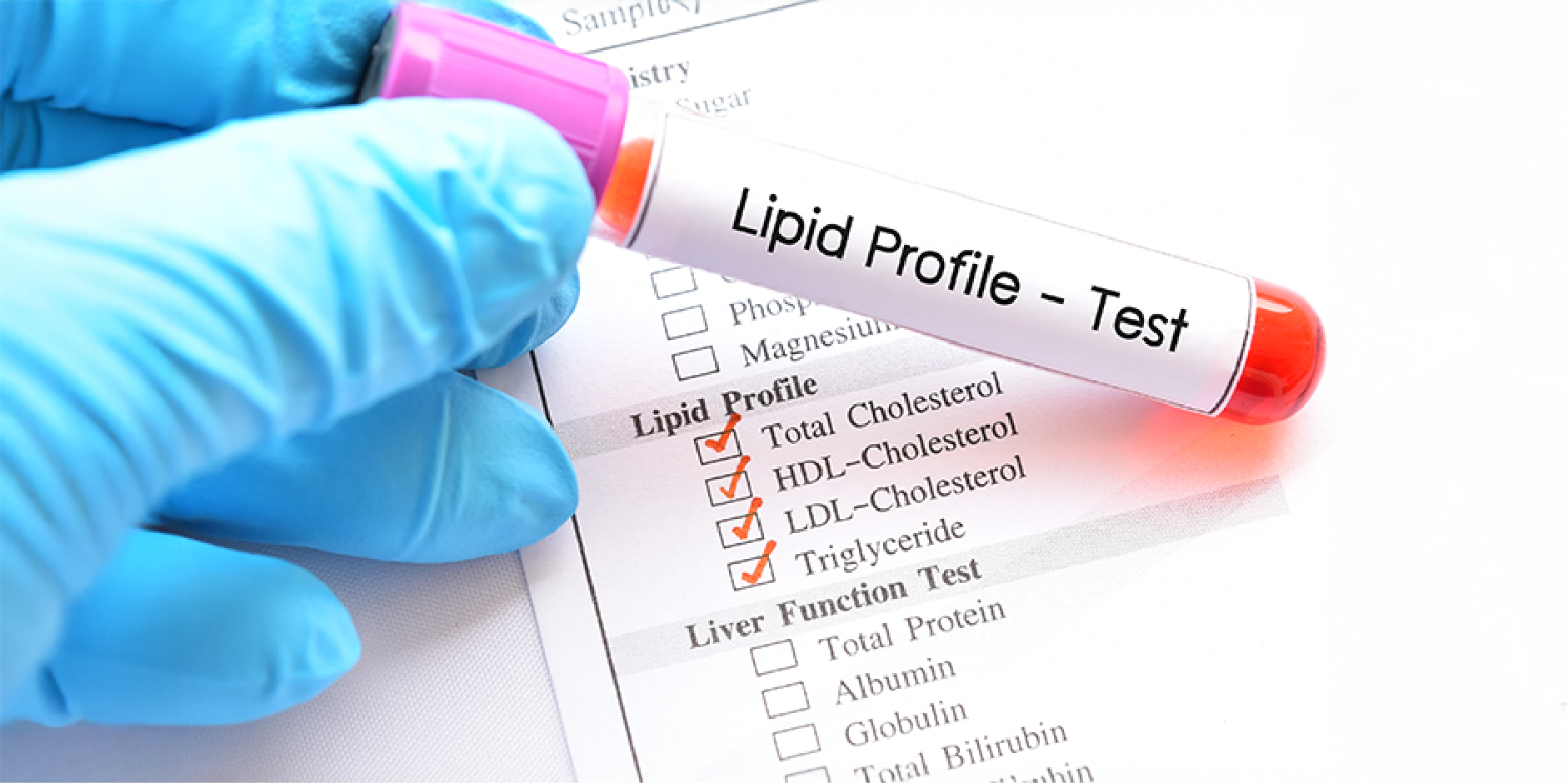Content:
Xét nghiệm và hỗ trợ chẩn đoán
Nội dung của trang này:
Xét nghiệm và hỗ trợ chẩn đoán
Hình ảnh học
Nội dung của trang này:
Xét nghiệm và hỗ trợ chẩn đoán
Hình ảnh học
Xét nghiệm và hỗ trợ chẩn đoán
Có thể bao gồm công thức máu toàn phần (CBC), đường huyết lúc đói và/hoặc hemoglobin A1c (HbA1c), lipid máu (cholesterol toàn phần [TC], LDL-C, HDL-C và triglycerid [TG]), natri, kali, acid uric, creatinin, tốc độ lọc cầu thận ước tính (eGFR), xét nghiệm chức năng gan (LFT), phân tích nước tiểu, hormone kích thích tuyến giáp (TSH) và điện tâm đồ 12 chuyển đạo (ECG).
Các xét nghiệm sau nên được thực hiện dựa trên nguy cơ rối loạn lipid máu và đái tháo đường (ít nhất mỗi 5 năm hoặc thường xuyên hơn nếu có yếu tố nguy cơ):
 Cardiovascular Disease Prevention_Diagnostics
Cardiovascular Disease Prevention_Diagnostics
Các xét nghiệm sau nên được thực hiện dựa trên nguy cơ rối loạn lipid máu và đái tháo đường (ít nhất mỗi 5 năm hoặc thường xuyên hơn nếu có yếu tố nguy cơ):
- Hồ sơ lipid huyết thanh lúc đói
- Nếu bệnh nhân chưa nhịn đói trước khi làm hồ sơ lipid, vẫn có thể đo TC và HDL-C
- Đường huyết lúc đói
- Protein C phản ứng độ nhạy cao (CRP) có thể được xem xét ở bệnh nhân nguy cơ trung bình đến cao có mức LDL-C <130 mg/dL cần phân tầng thêm
 Cardiovascular Disease Prevention_Diagnostics
Cardiovascular Disease Prevention_DiagnosticsHình ảnh học
Chụp X-quang ngực có thể giúp phát hiện tim to và các dấu hiệu sớm của phổi liên quan đến suy tim. Trong khi đo điểm vôi hóa động mạch vành (CAC) và độ dày nội trung mạc động mạch cảnh (CIMT) có thể hỗ trợ lựa chọn chiến lược điều trị tốt nhất cho bệnh nhân. Trong số này, CAC được coi là phương thức hình ảnh tốt nhất để cải thiện phân tầng nguy cơ CVD. Siêu âm tim có thể được thực hiện ở bệnh nhân có triệu chứng khó thở hoặc tăng huyết áp. Thử nghiệm gắng sức trên máy chạy có thể được cân nhắc trong đánh giá tim mạch của người không có triệu chứng nhưng có ECG lúc nghỉ không giải thích được, khả năng trước xét nghiệm của bệnh động mạch vành (CAD) cao và nguy cơ tim mạch trung bình đến cao. Ngoài ra, siêu âm sàng lọc phình động mạch chủ bụng có thể được thực hiện ở nam giới không triệu chứng, tuổi từ 60-80.
